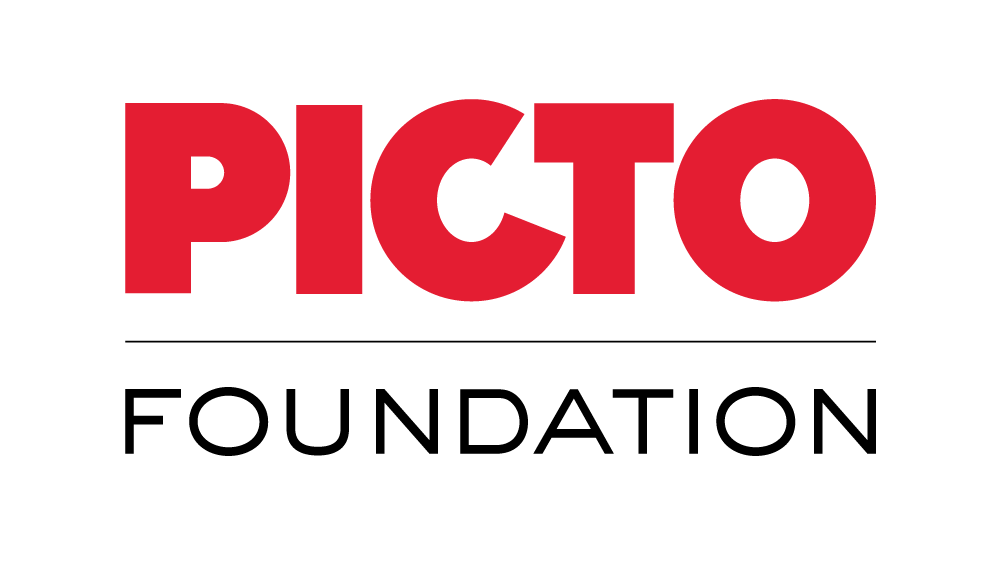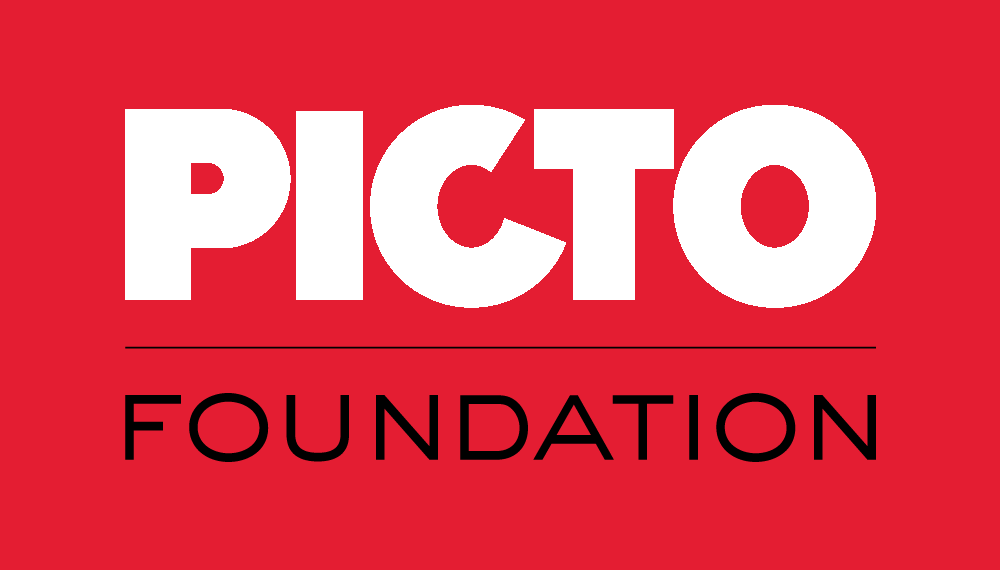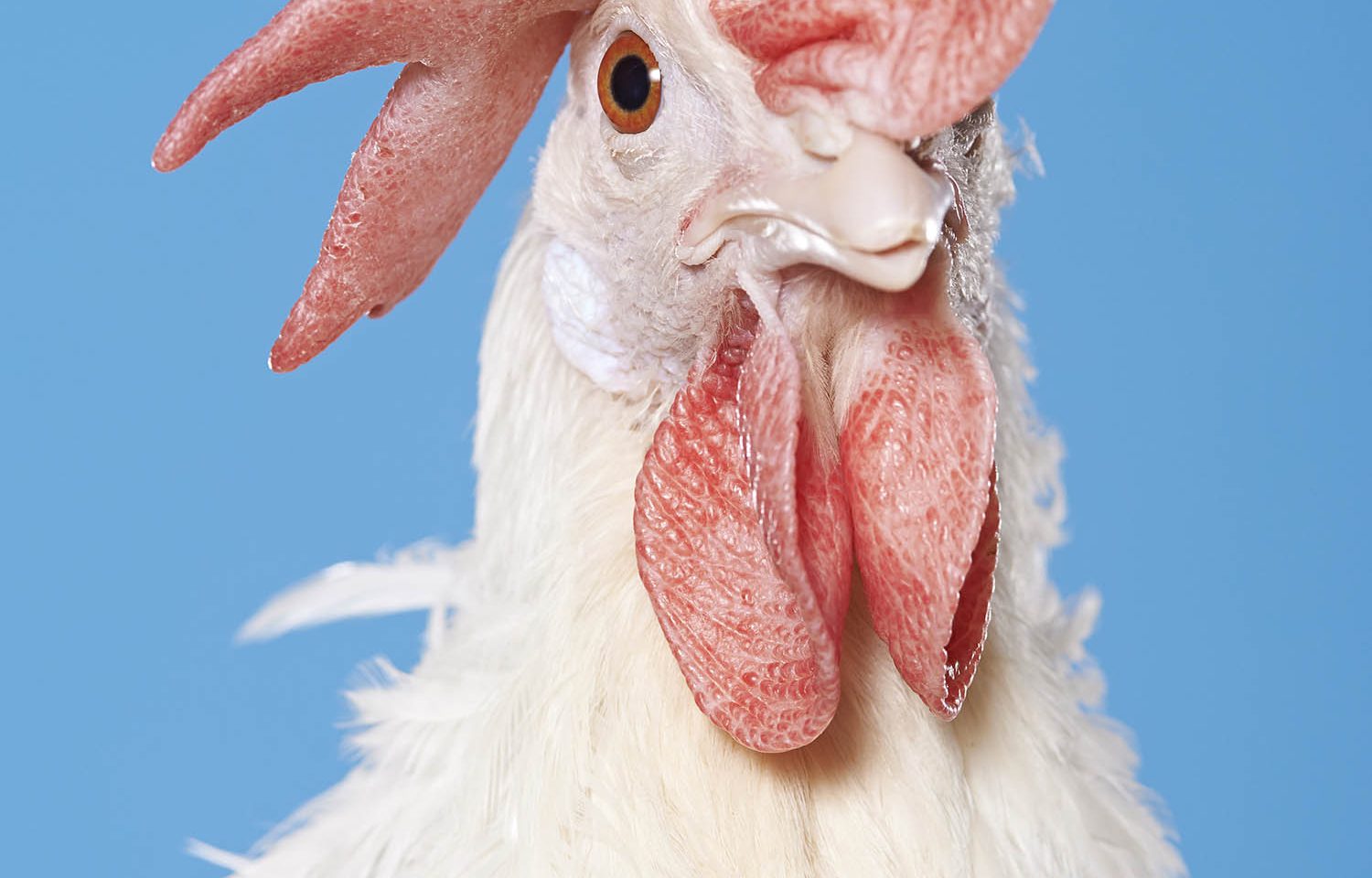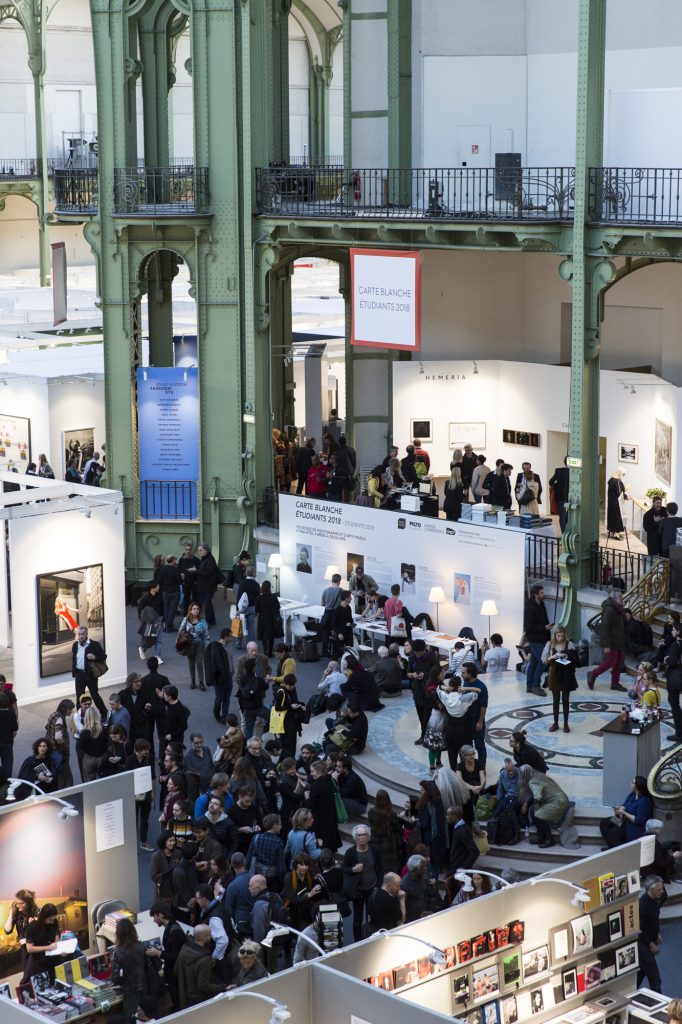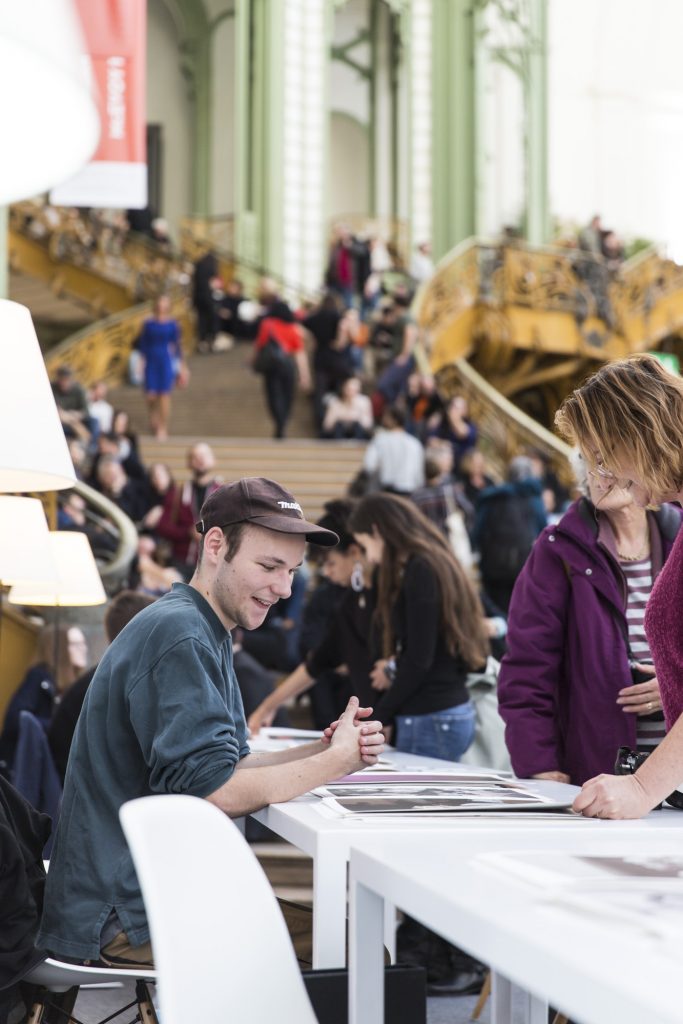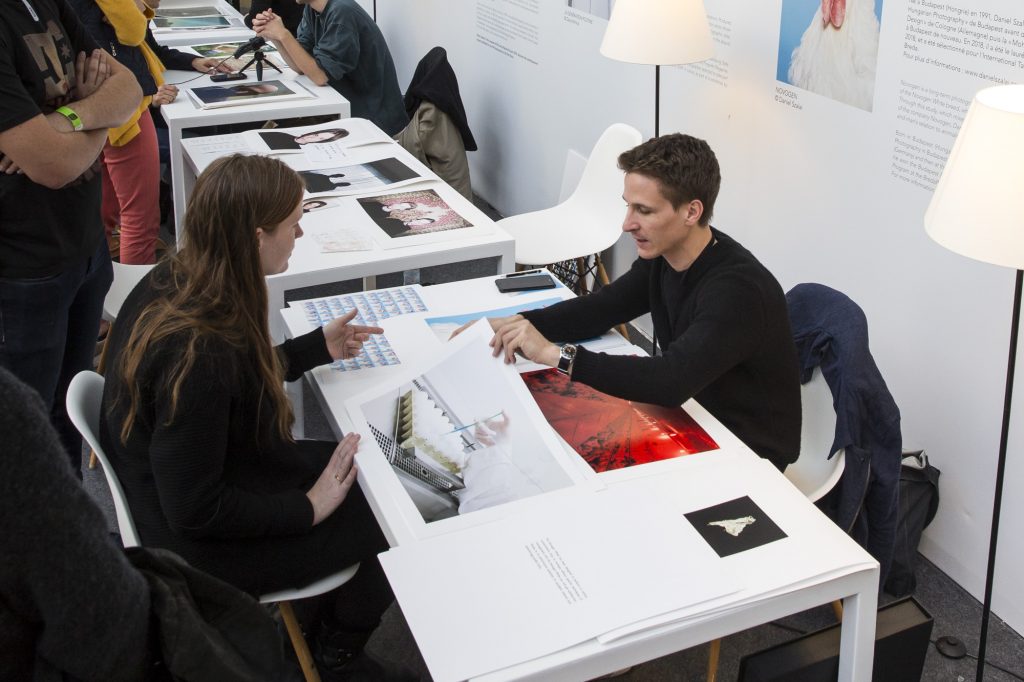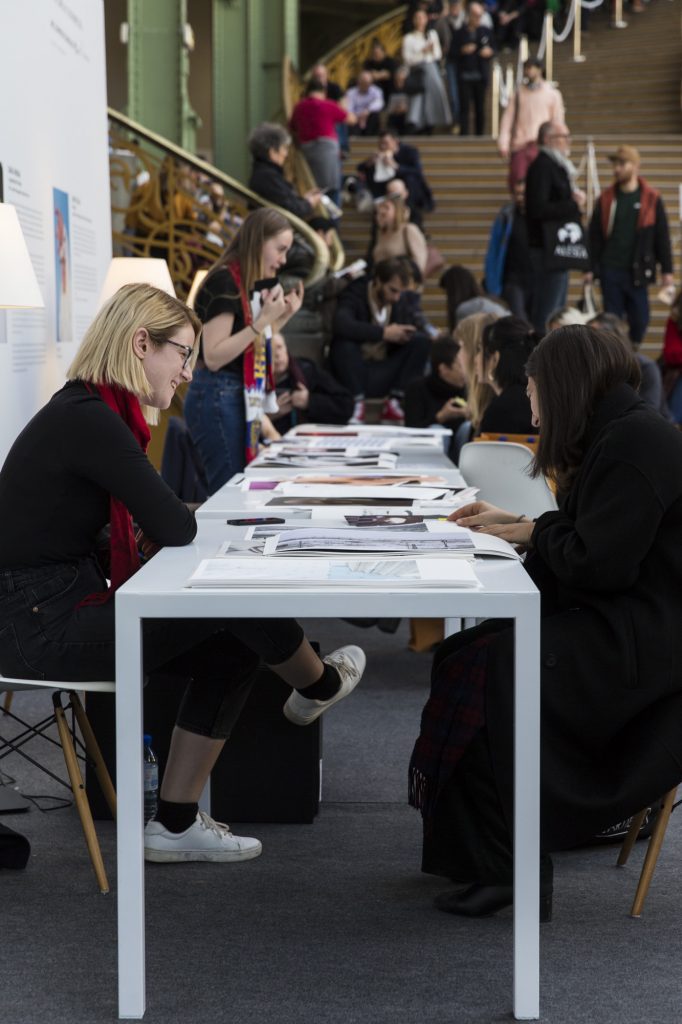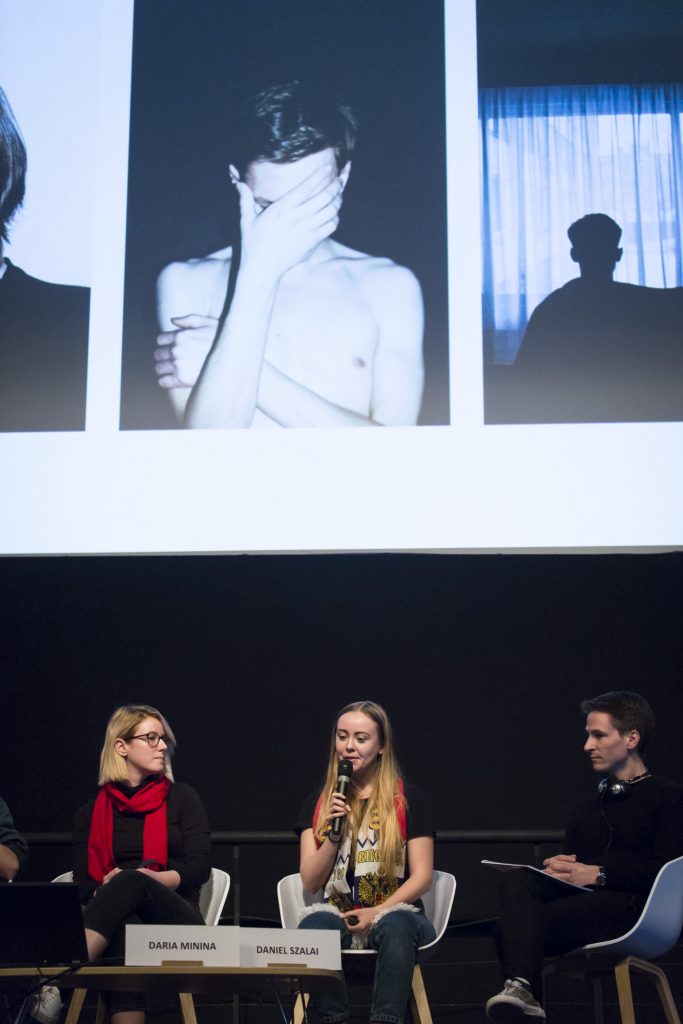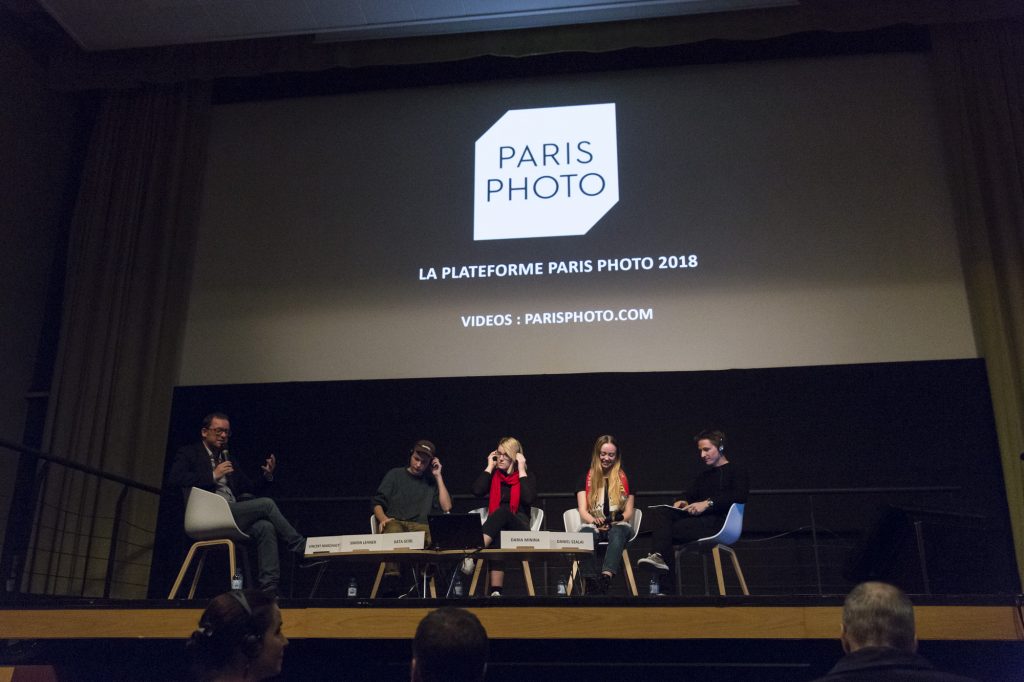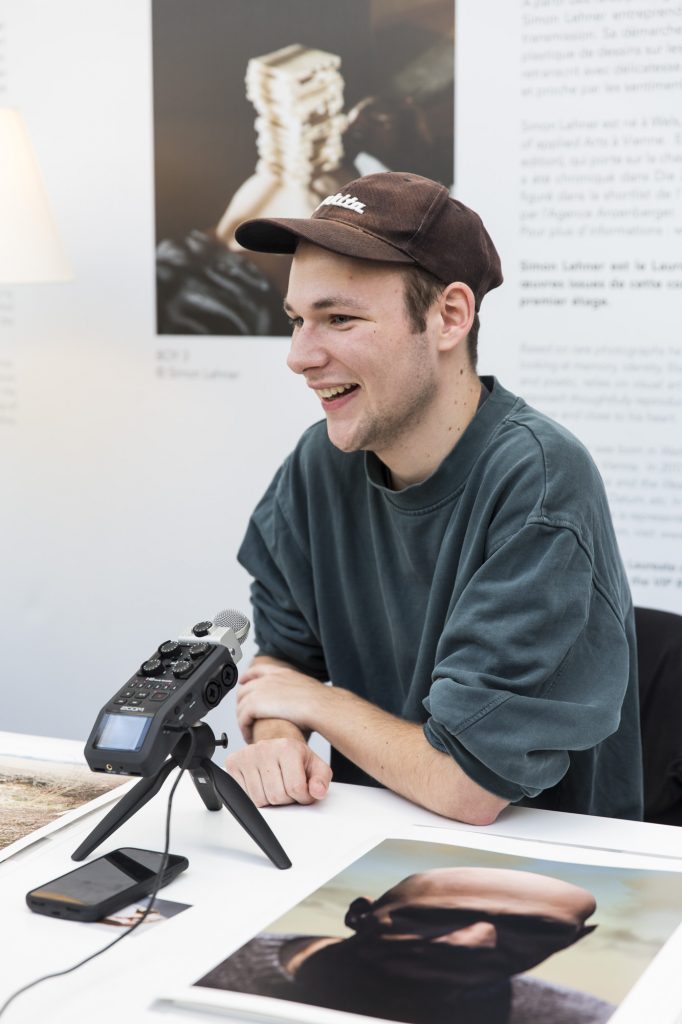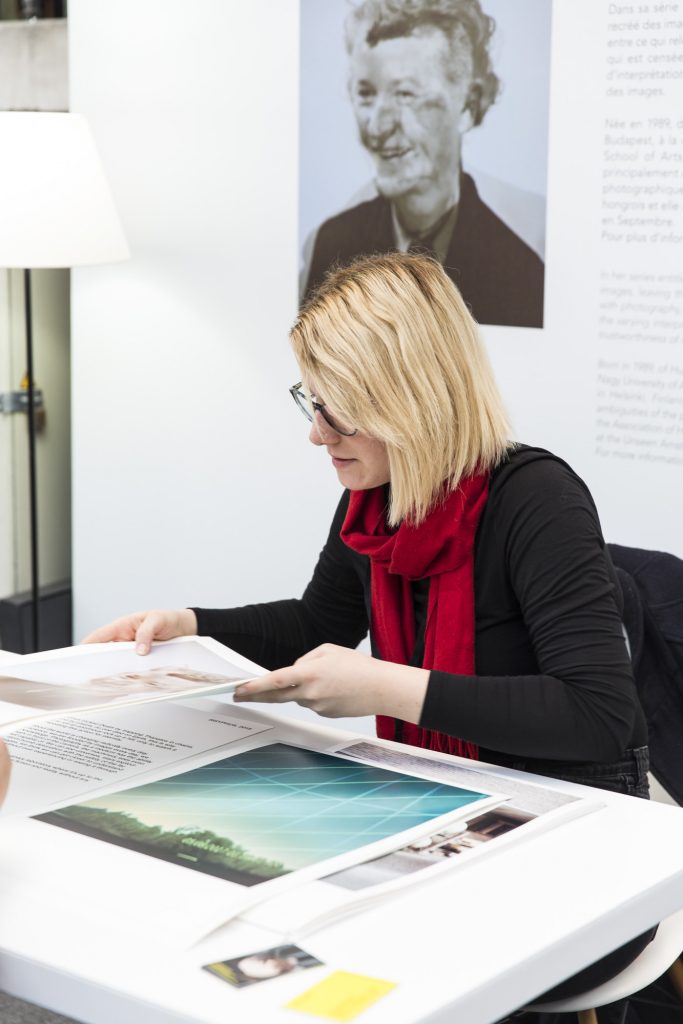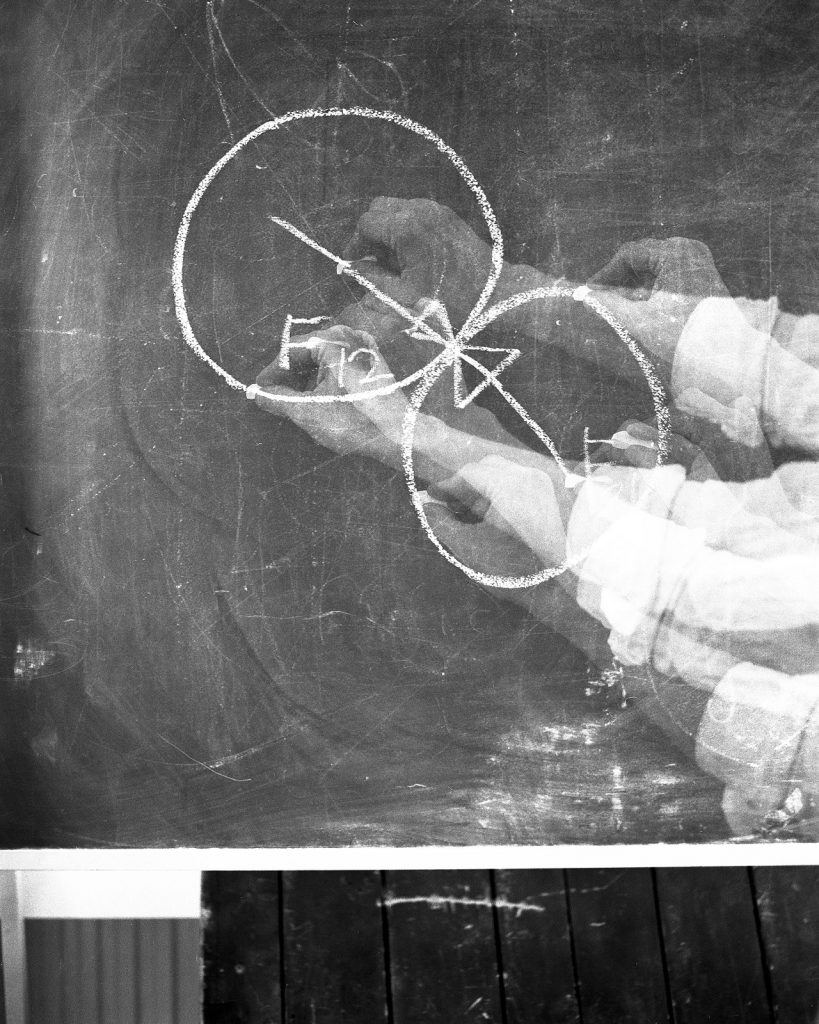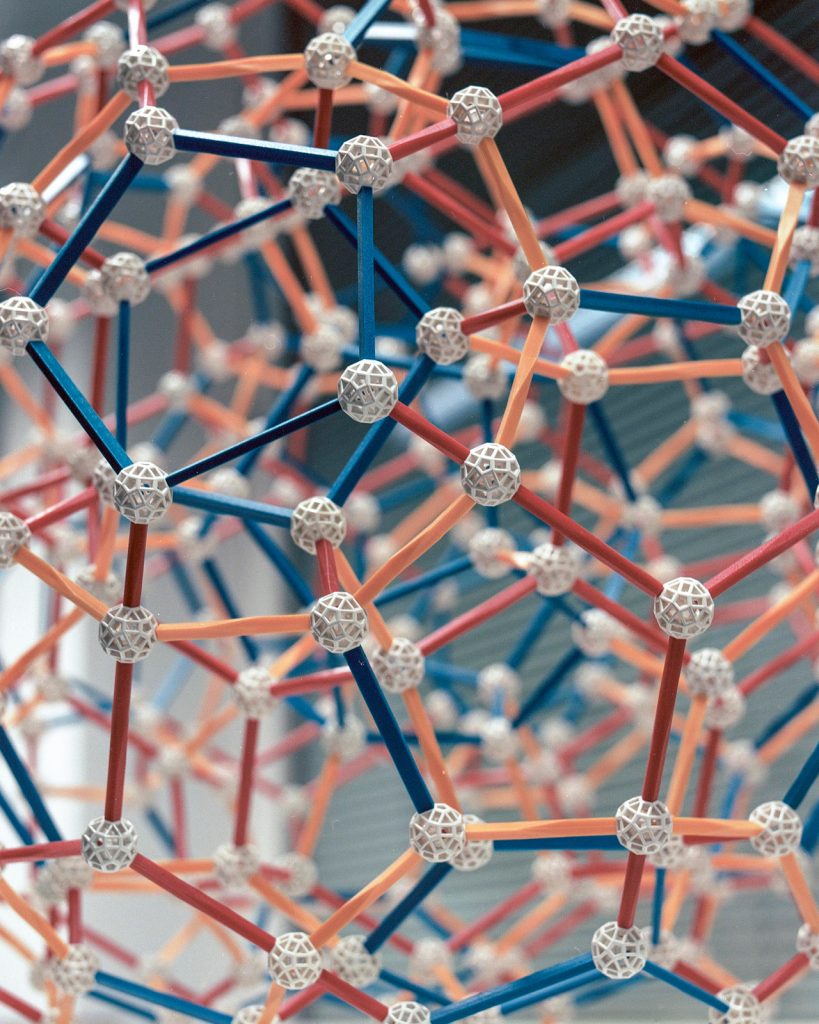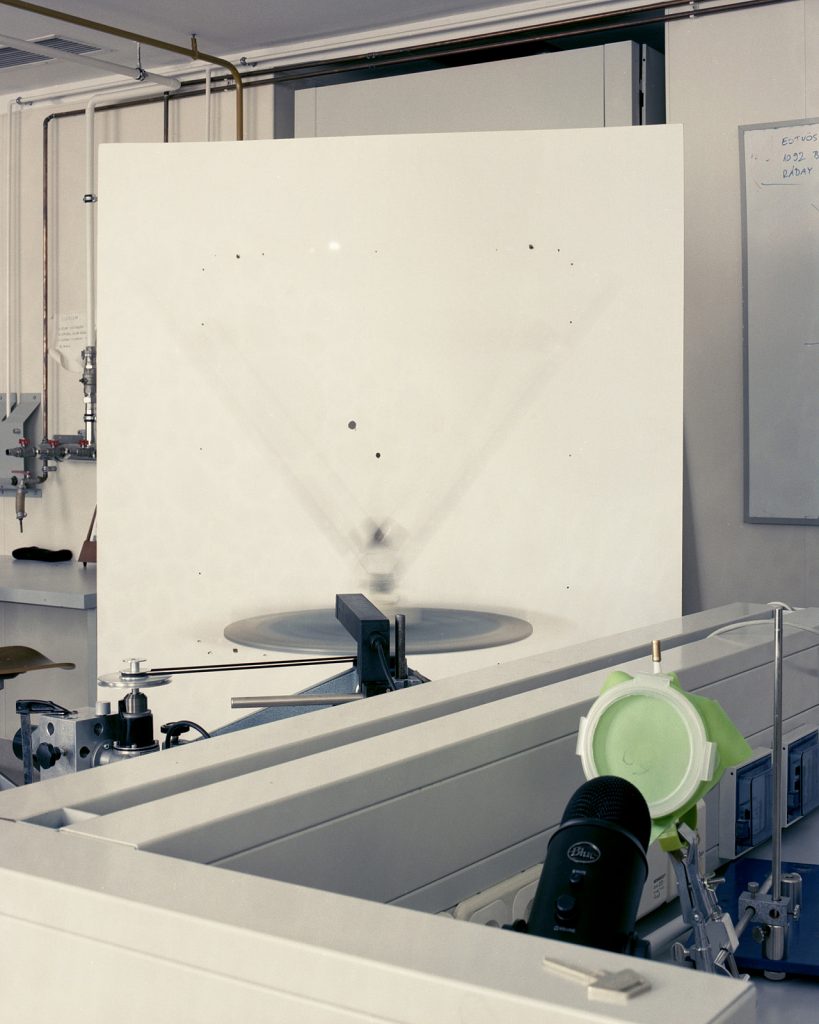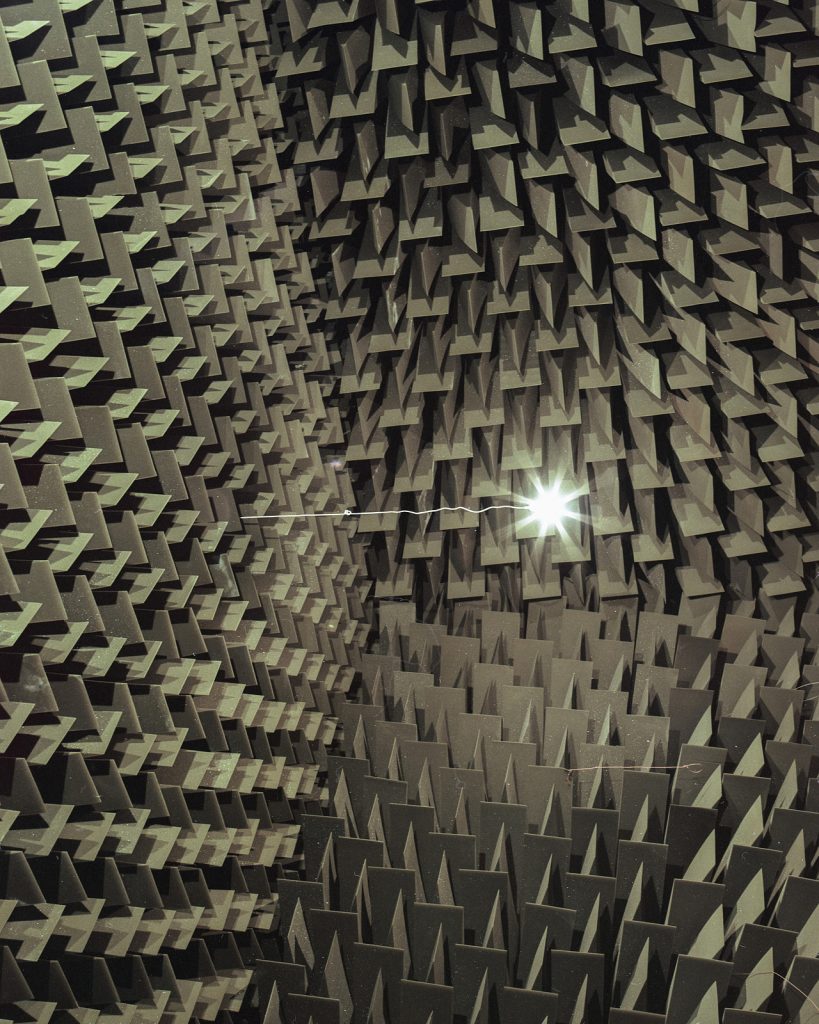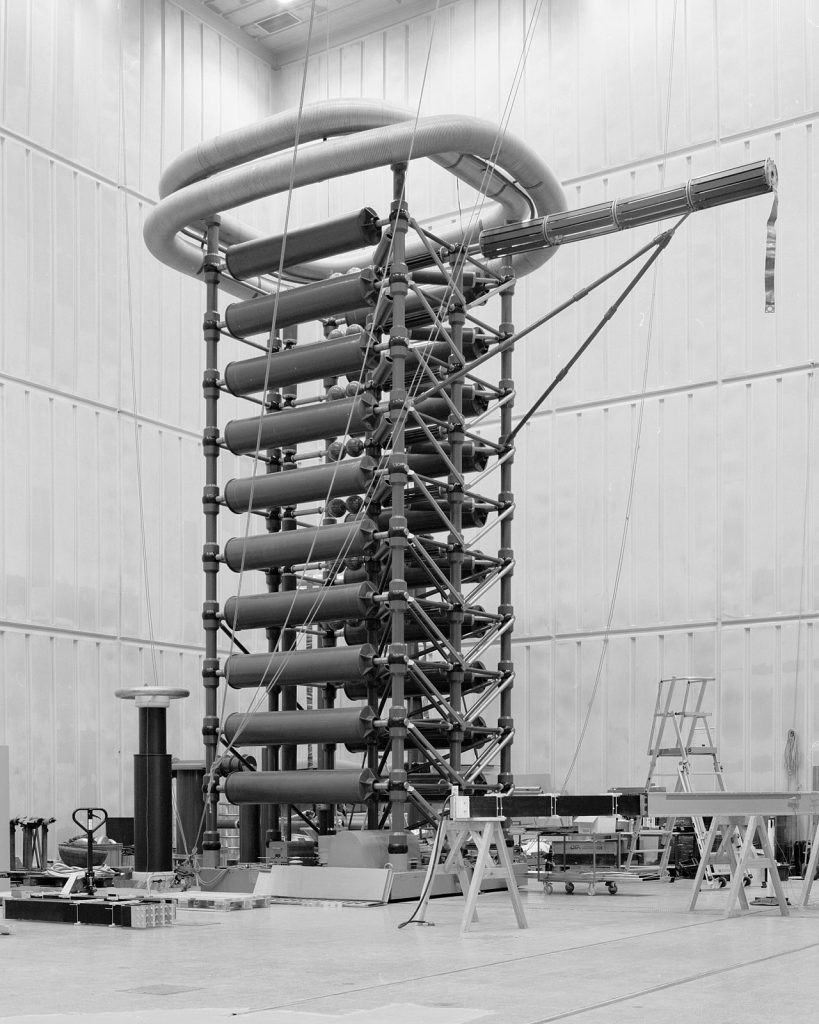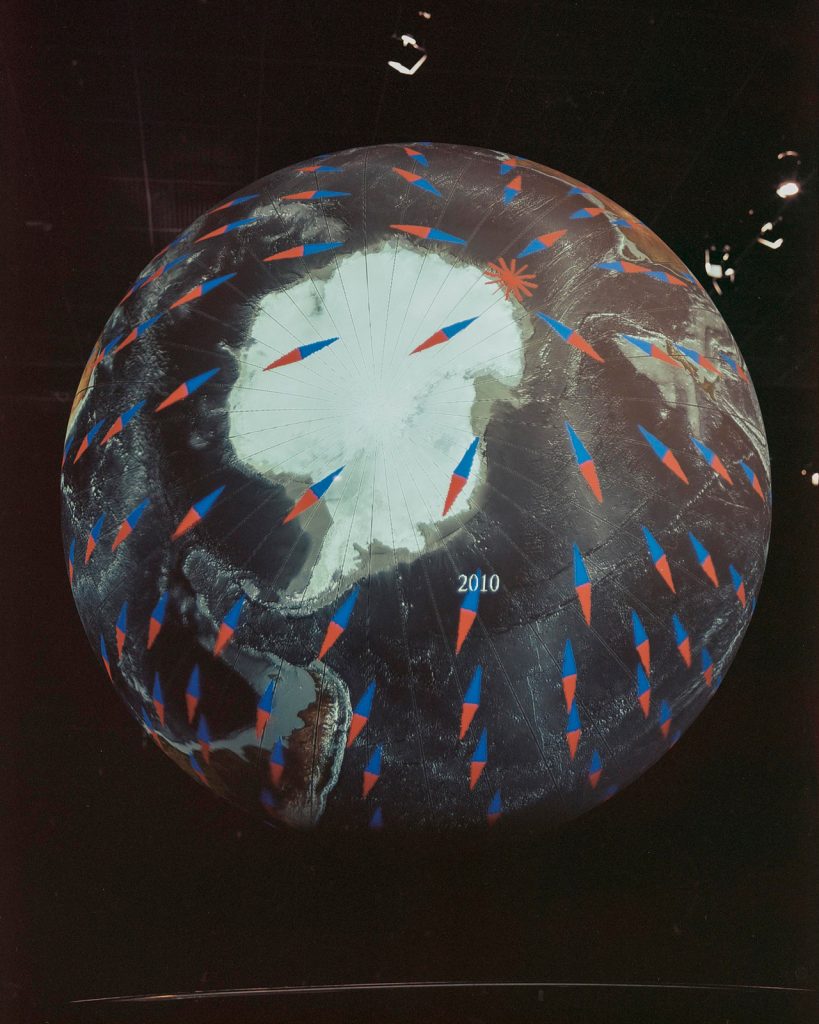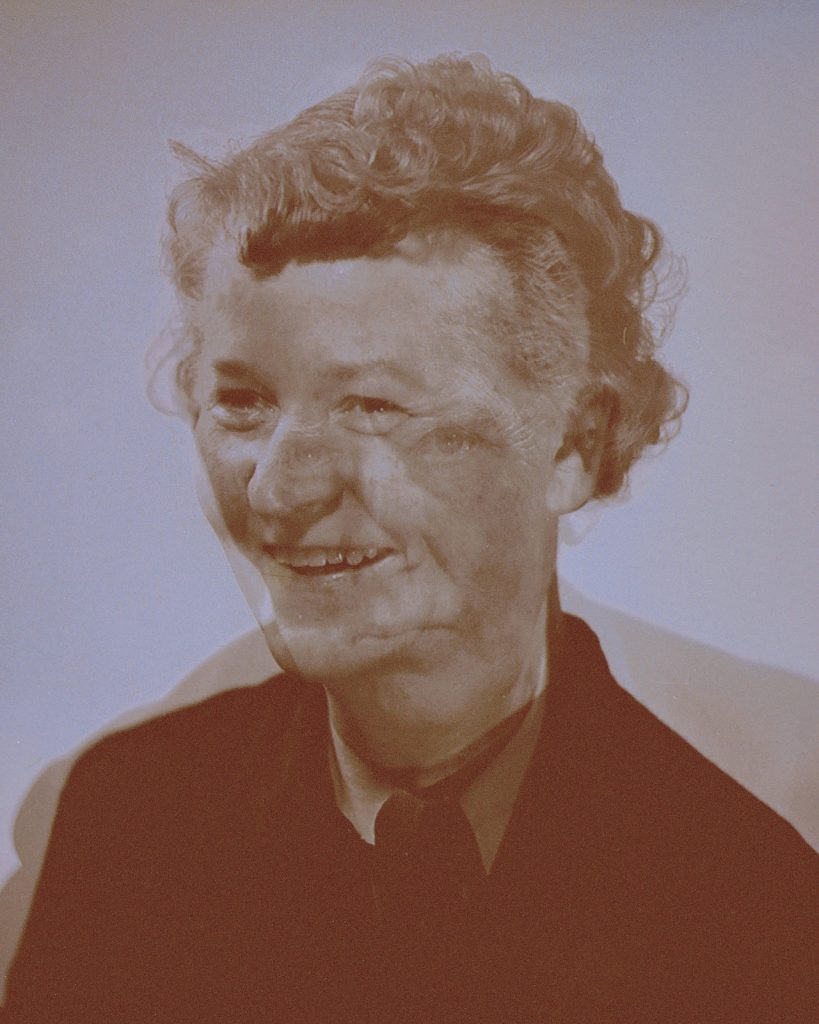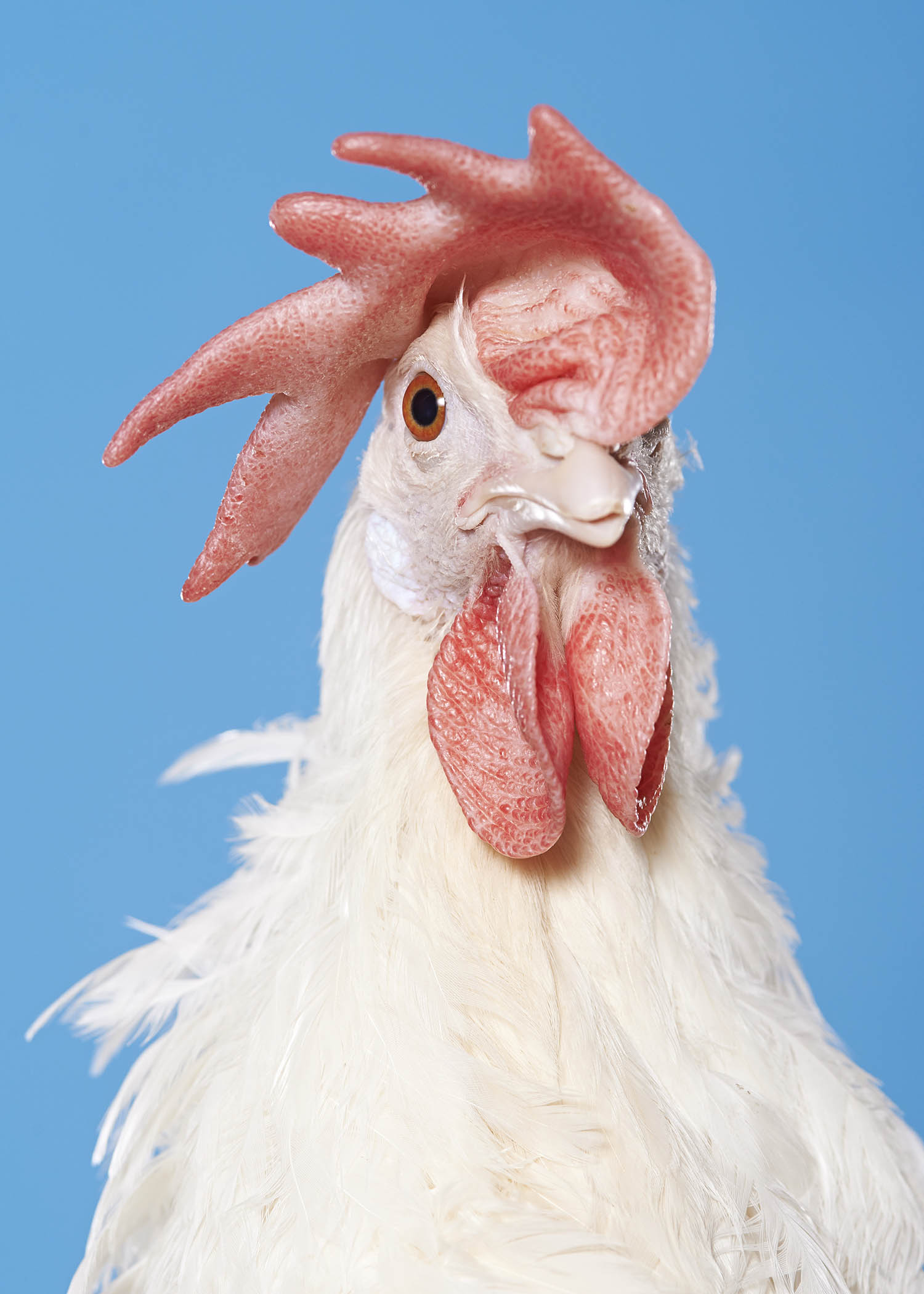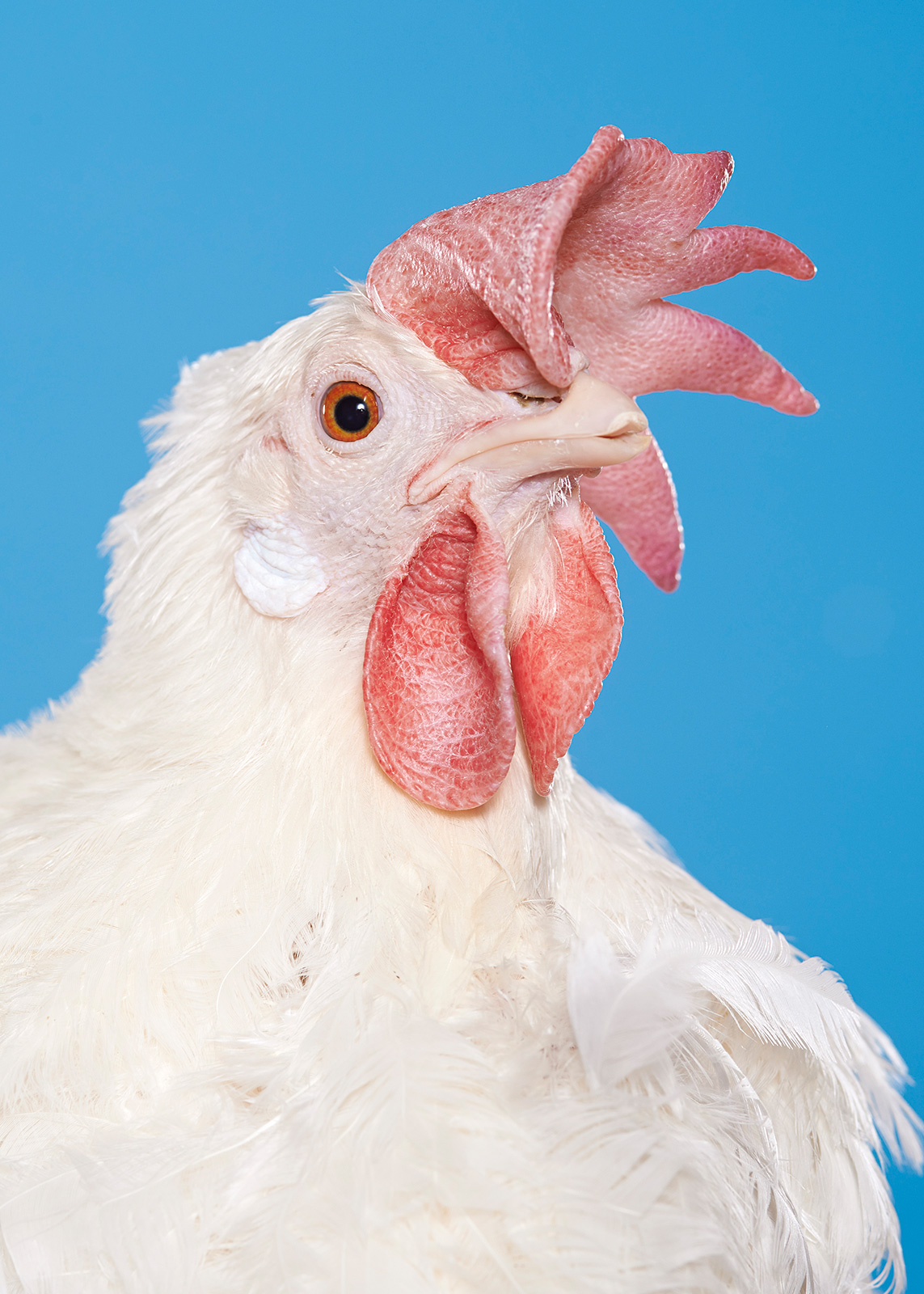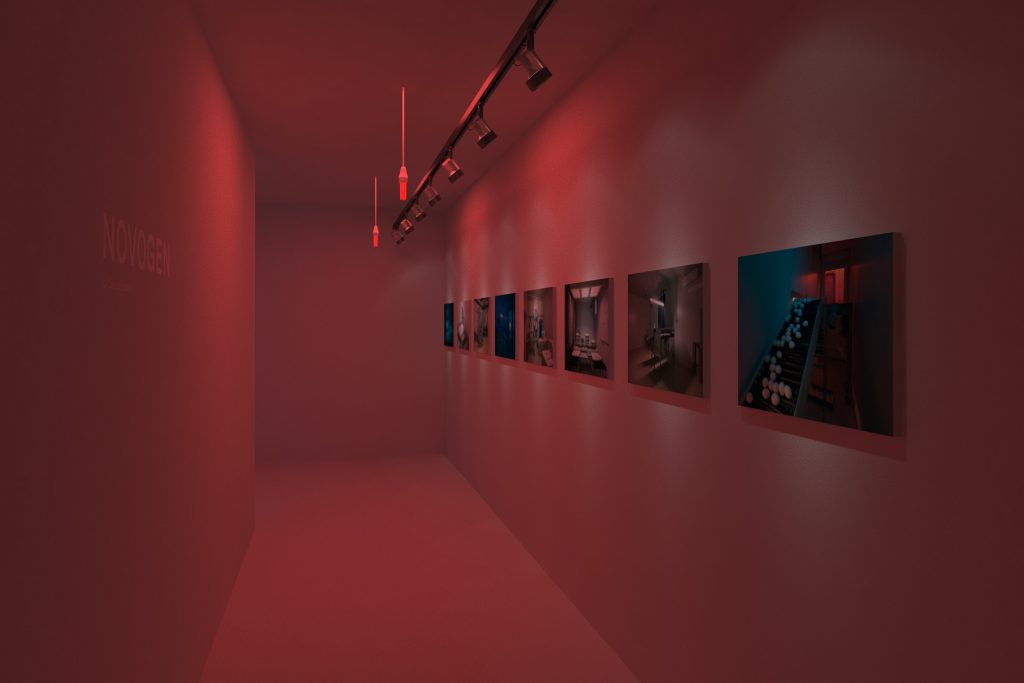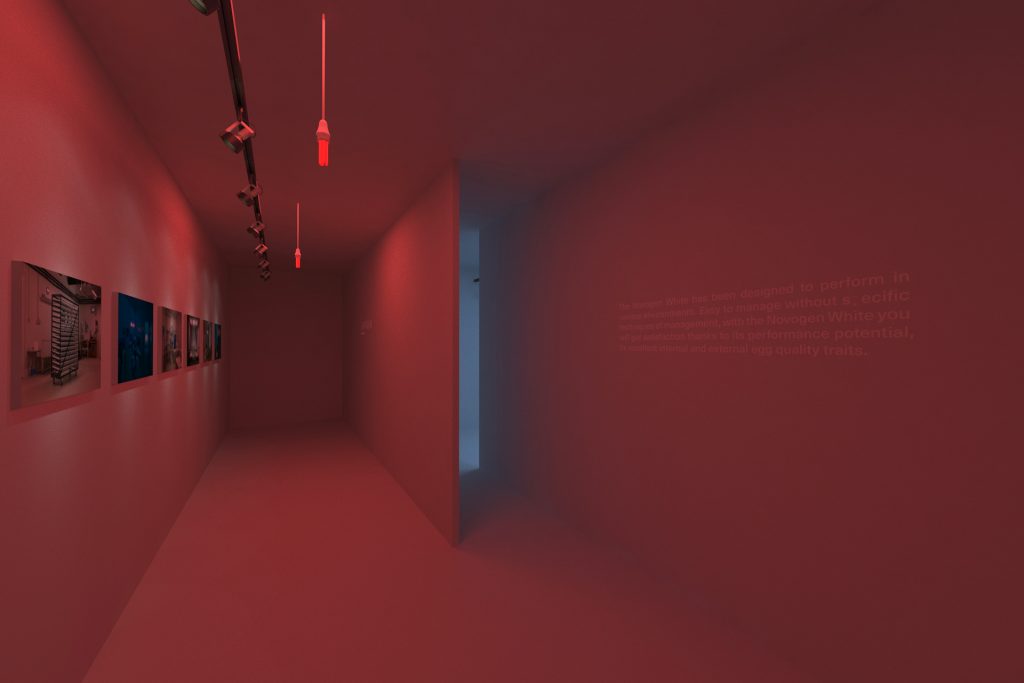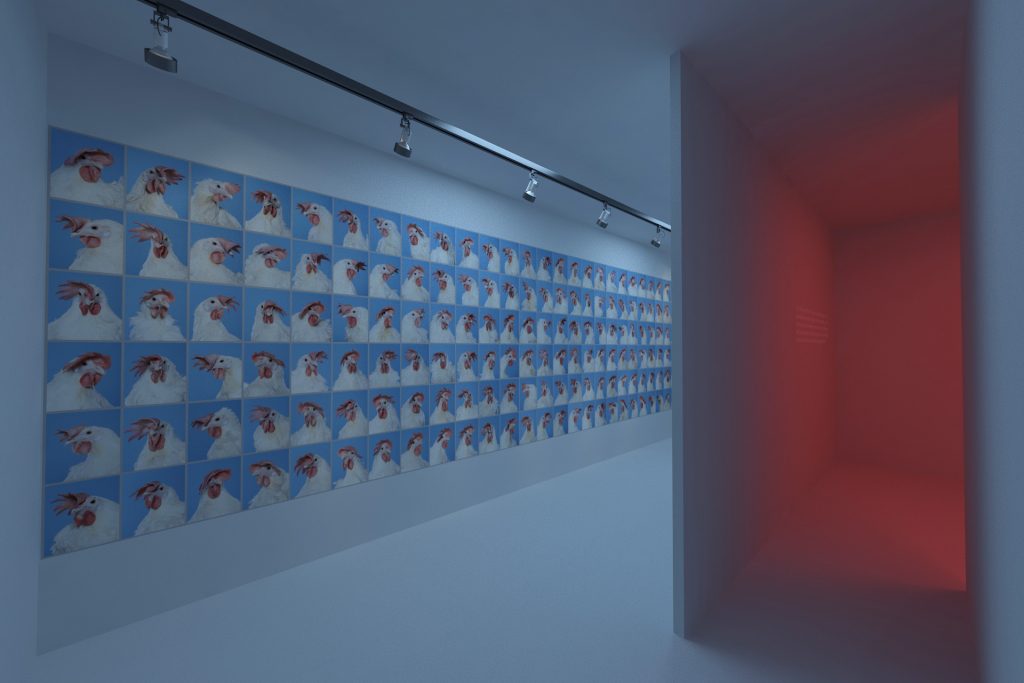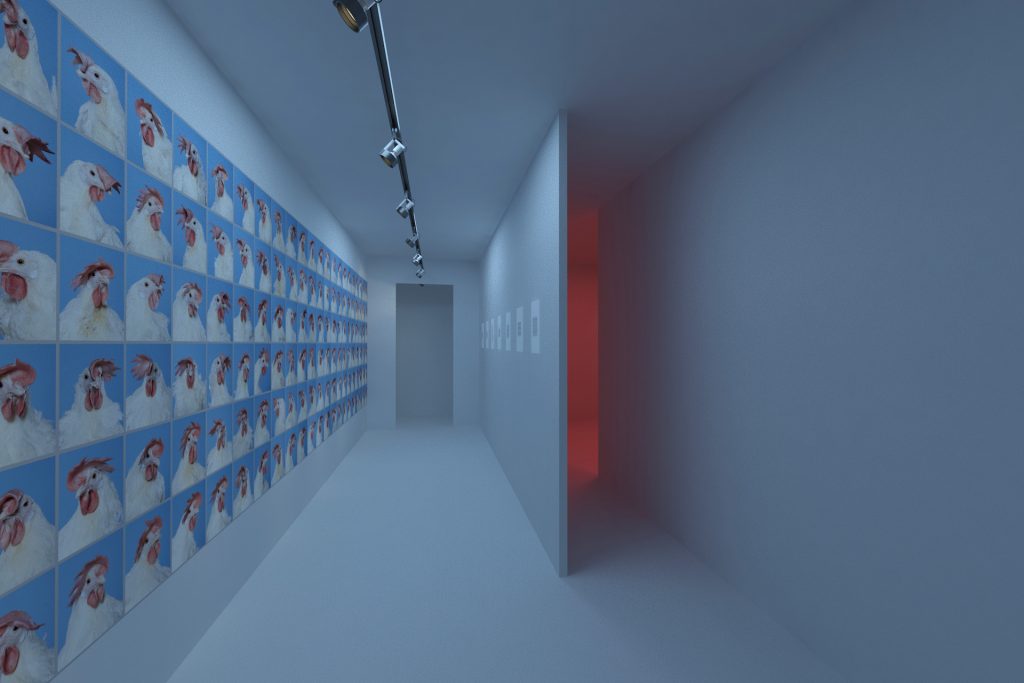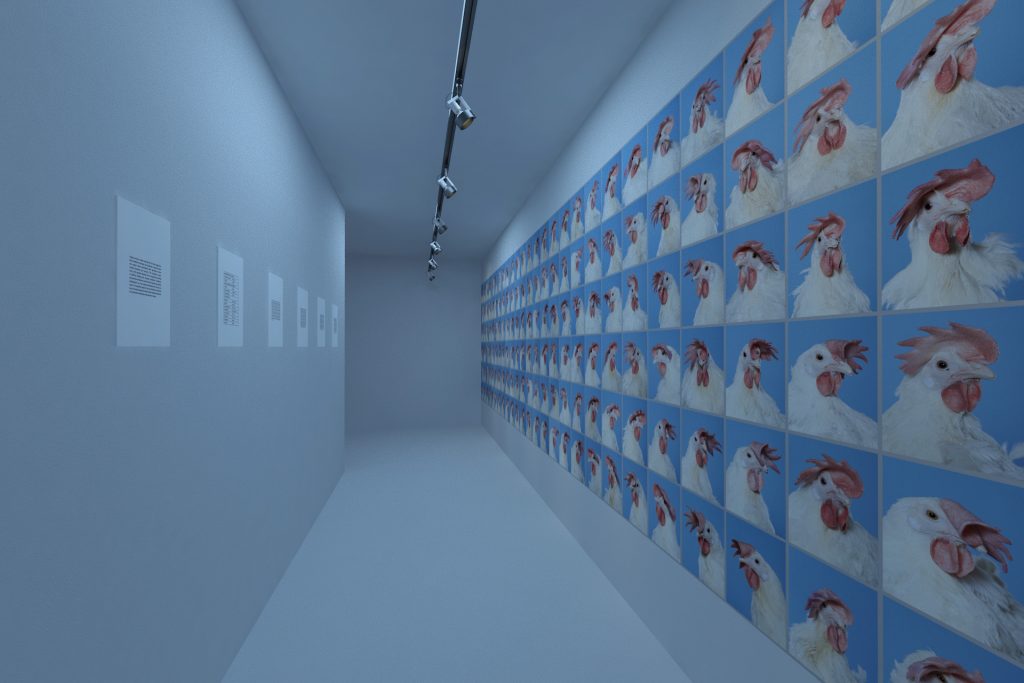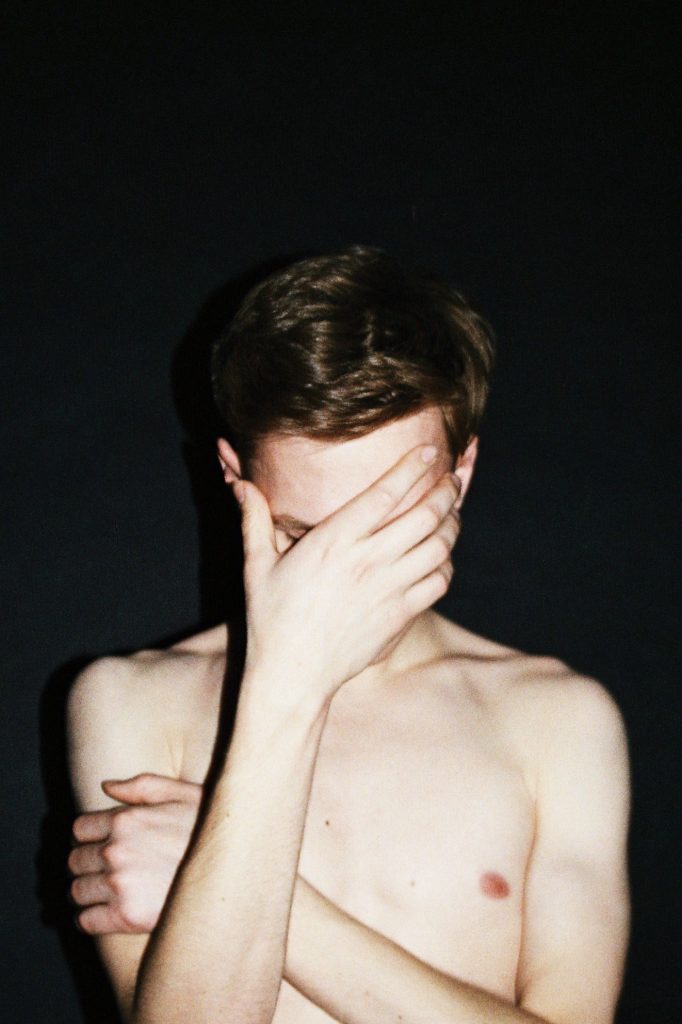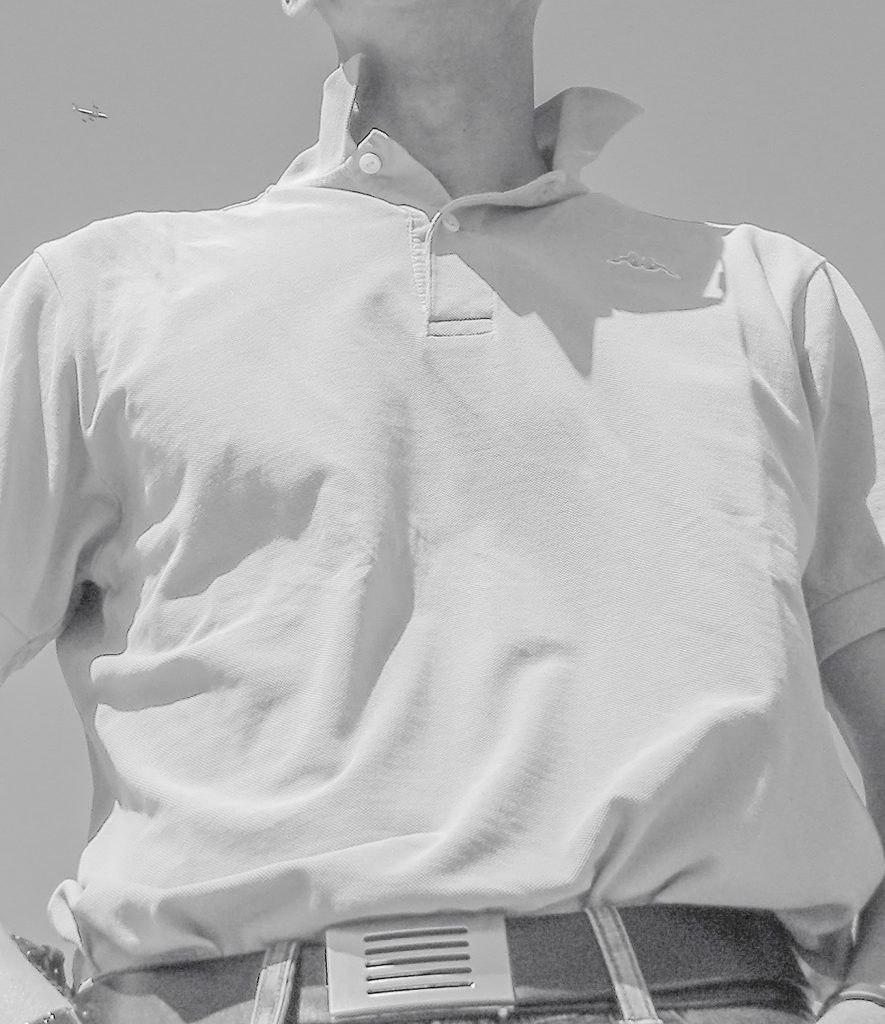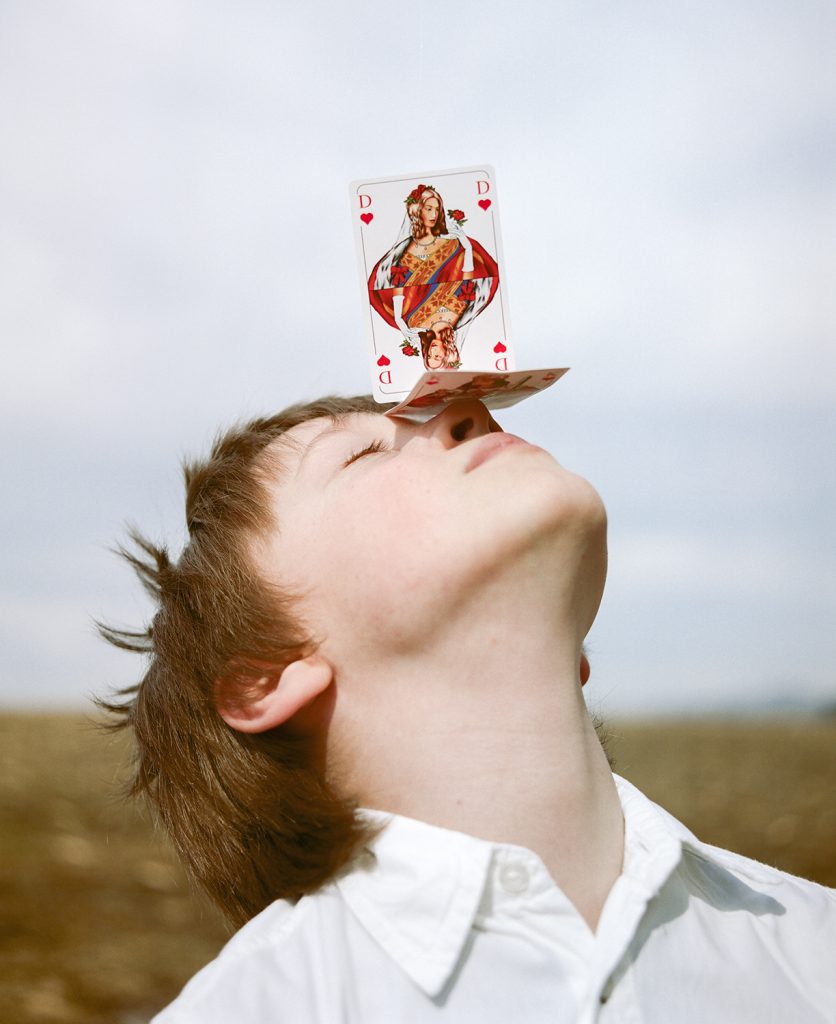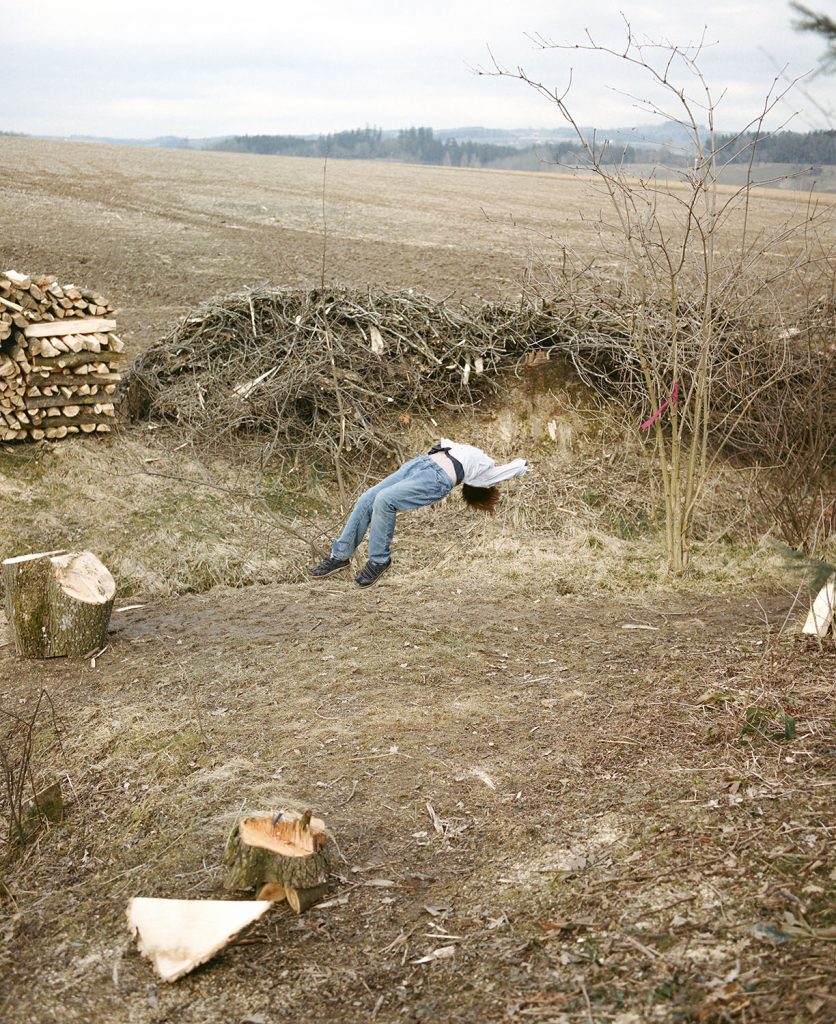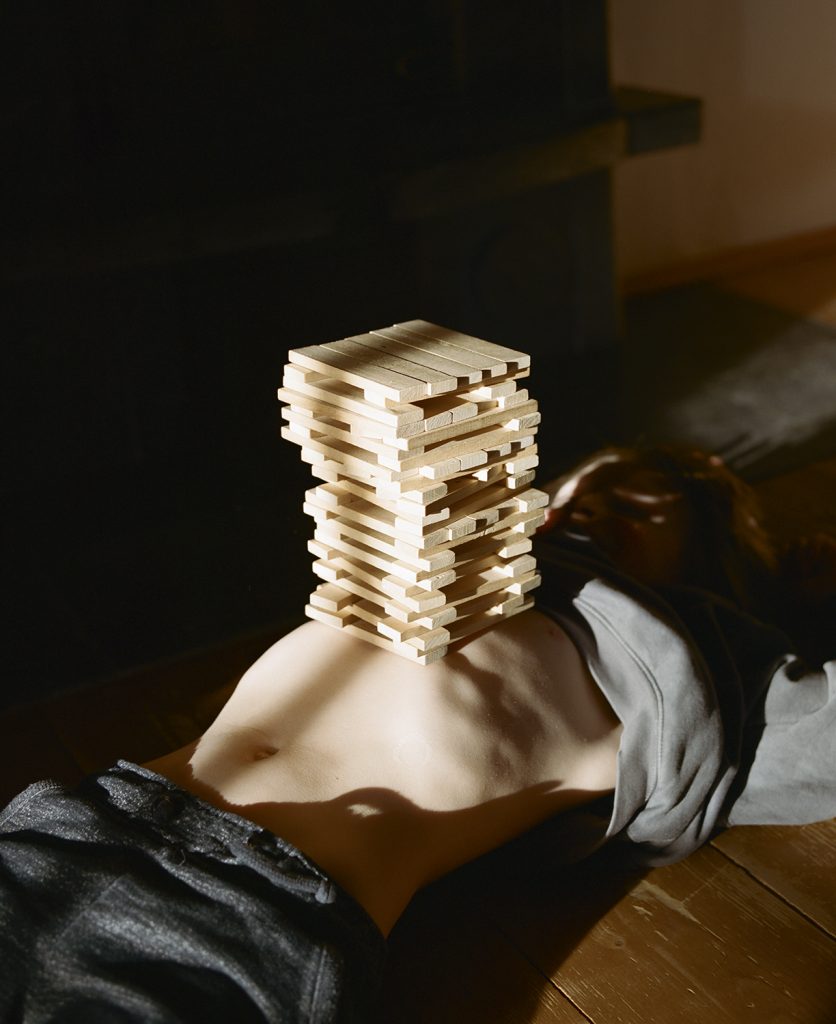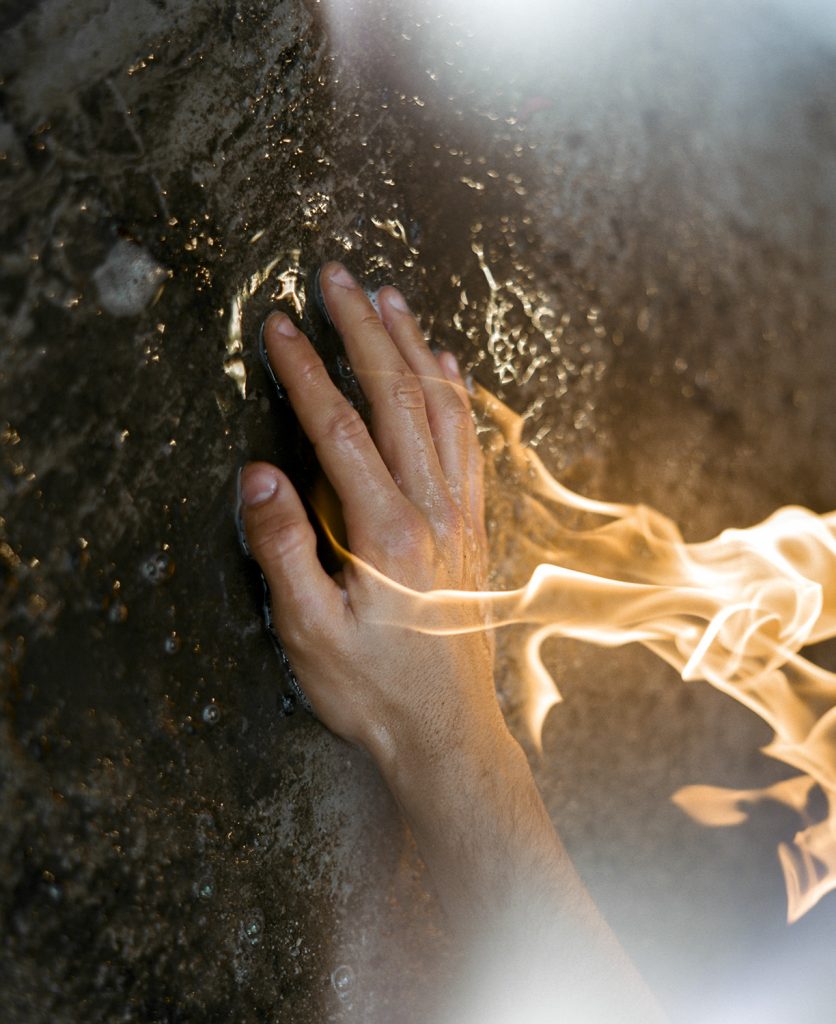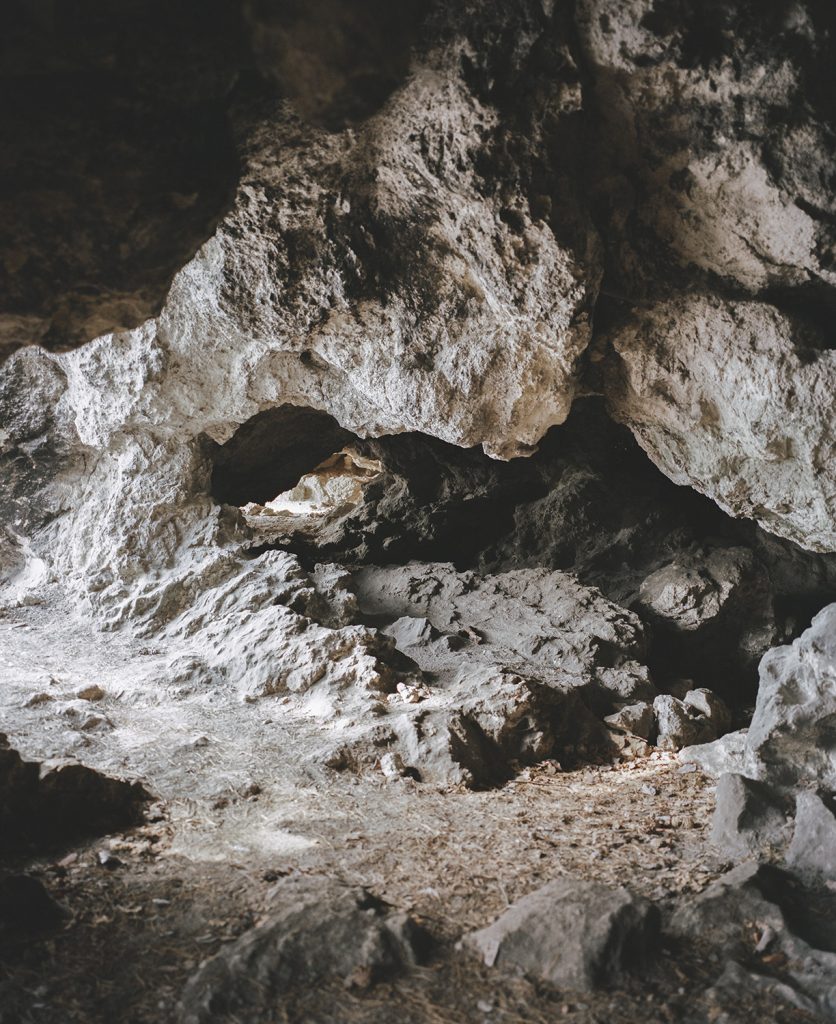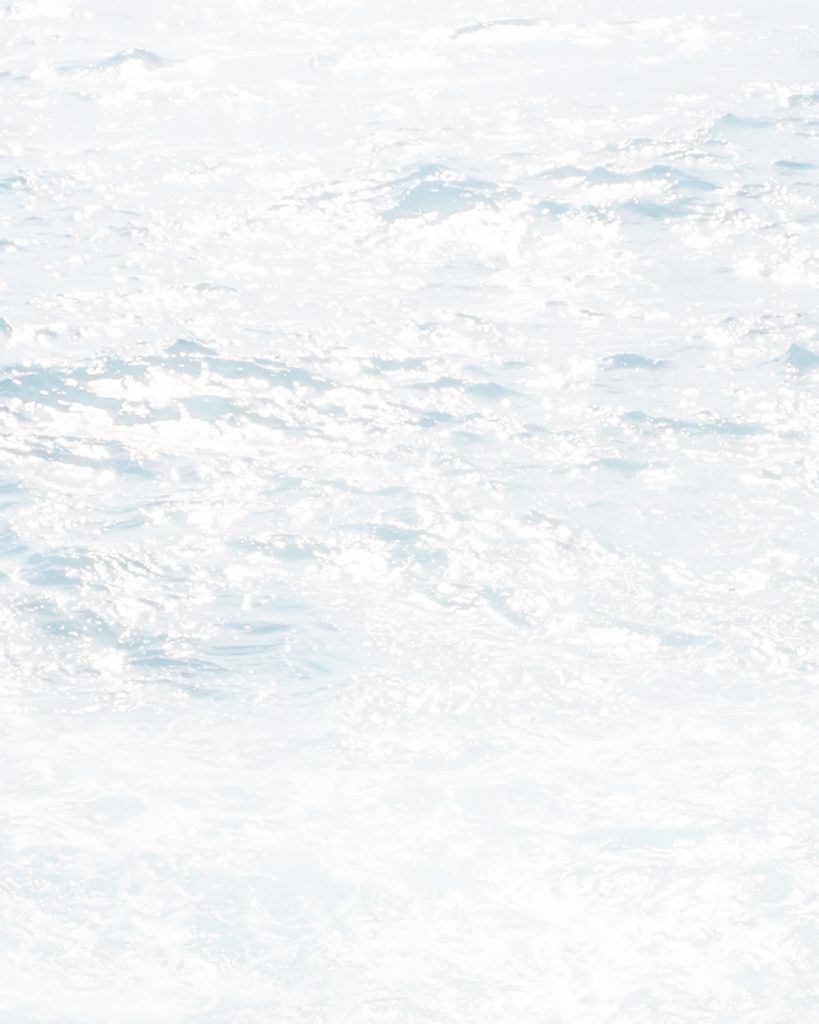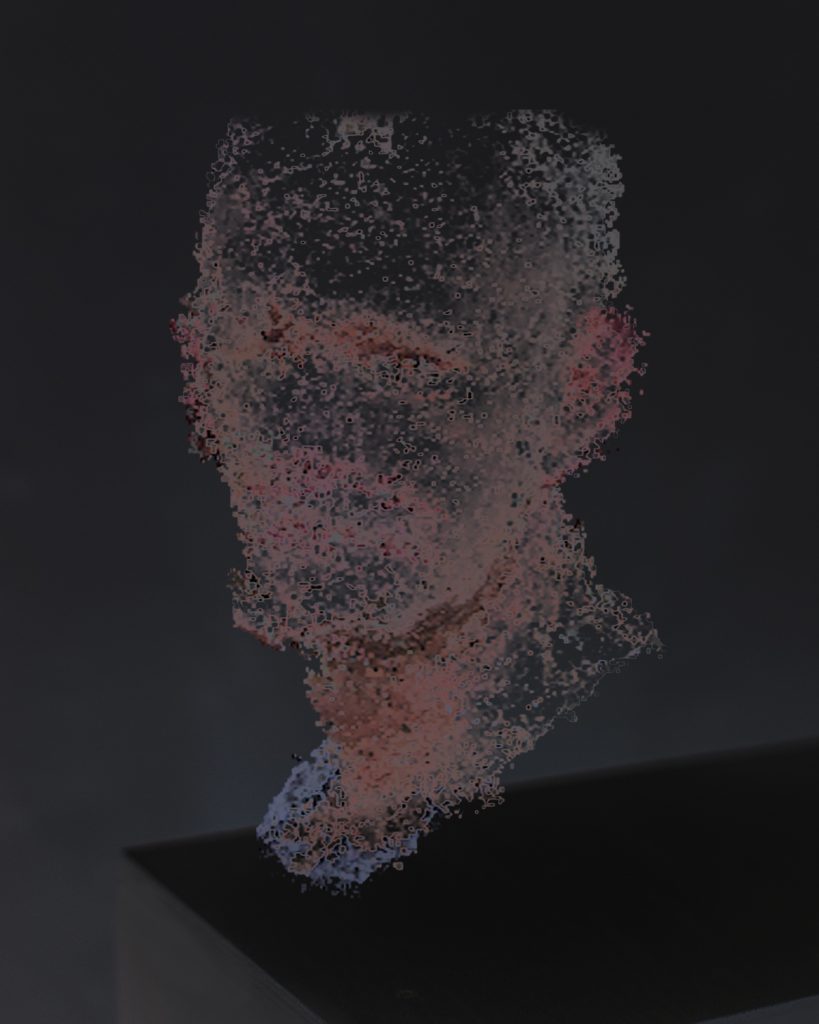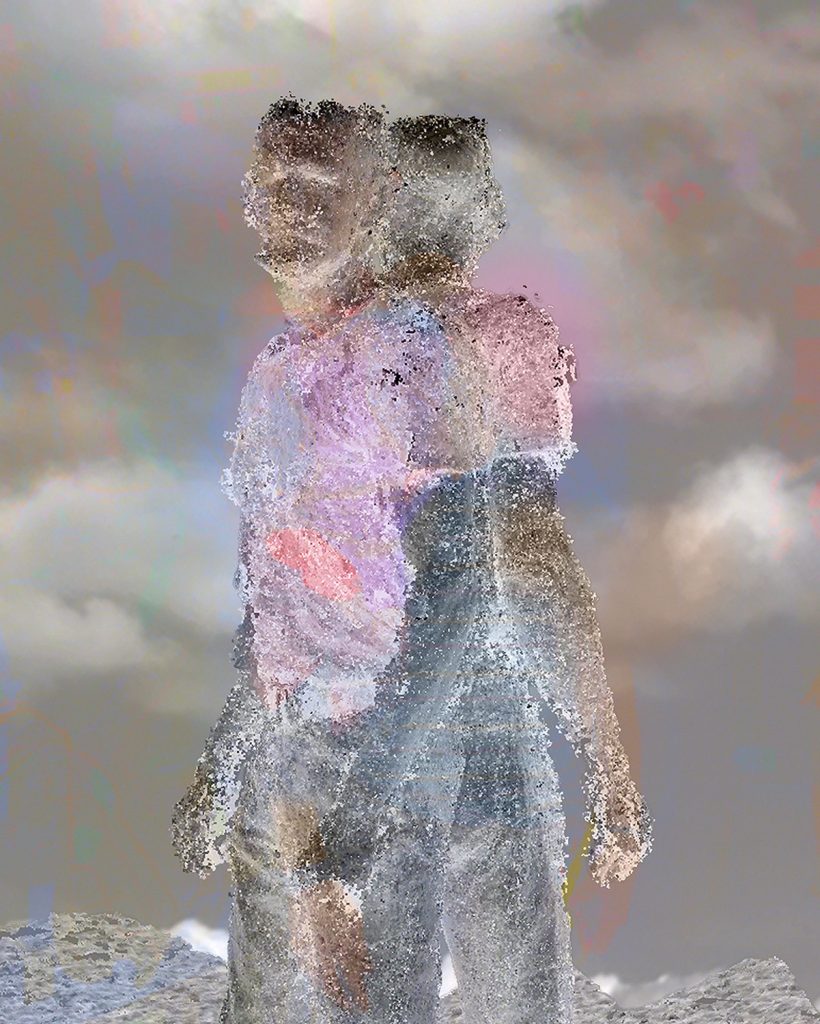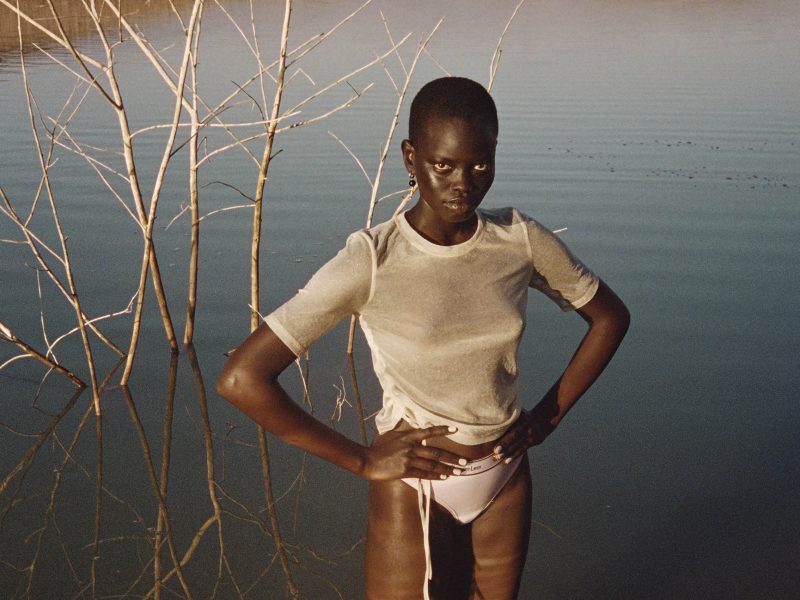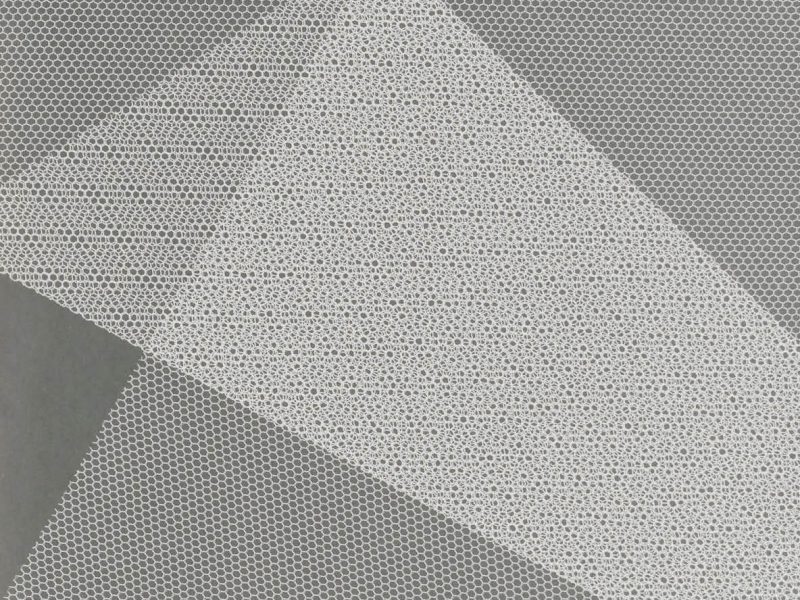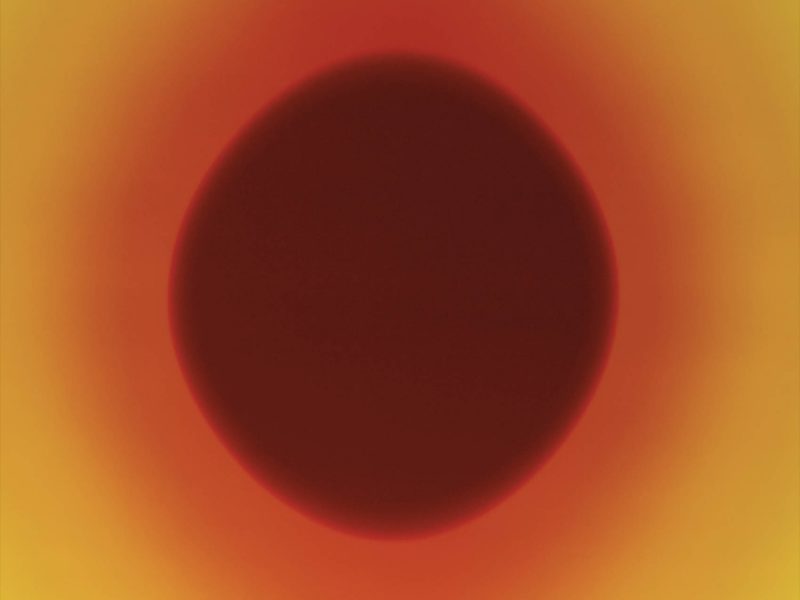Les lauréats de Carte Blanche Étudiants 2018 :
Kata Geibl, « Sisyphus »
Moholy-Nagy University of Art and Design, Budapest, Hongrie.
Daniel Szalai, « Novogen »
Moholy-Nagy University of Art and Design, Budapest, Hongrie.
Daria Minina, « La génération Poutine
Spéos Paris, France.
Simon Lehner,« How far is a lightyear? »
University of applied Arts, Vienna, Autriche.
Présentation des lauréats à Paris Photo du 8 au 11 novembre 2018 :
Exposition/projection grand-format à Paris Gare du Nord du 4 octobre au 12 novembre 2018 :
KATA GEIBL
In Greek mythology Sisyphus tricked Death by trapping Thanatos in chains. Once Thanatos was bound by chains, no one died on Earth, this is why Sisyphus was punished to roll an enormous rock up a hill, only to watch it come back to hit him, repeating this action for eternity.
How we used to think about the world is changing radically everyday. Religion is replaced by science, we are ooded by images everyday, we want instant access to knowledge. Photography as a medium has the ability to capture everything thats in front of the camera, the machinery sees even what the human eye is not capable of.
We can see universes, stars exploding, microscopic worlds, atom bomb detonation with the safety of the far distance. Through these images we think we can get closer to understand how the world is functioning with- out ever experiencing or seeing it through our own eyes.
I always thought that once I understand the construct of time it will lead me to understand the world that sur- rounds us. Science measures time, categorises it, tricks it. Humanity is starting to slowly realise that our time is running out so we try to look into the future and prepare ourselves to what might come.
In the past few years I often nd myself struggling with the feeling referred to as Sein-zum-Tode (Being-to- ward-death) by Martin Heidegger which is slowly taking over not just my life but maybe all mankind. Human- ity tends to believe that history is moving forward, never repeating itself, learning from the past’s mistakes. I’ve rather like to think of time and history as a circle, always coming back, just to start again.
In series Sisyphus I constructed an imaginary laboratory where its up to the reader to decide where the line lies between ction and reality without any scienti c explanation.
DANIEL SZALAI
The Novogen White has been designed to perform in various environments. Easy to manage without specific techniques of management, with the Novogen White you will get satisfaction thanks to its performance potential, its excellent internal and external egg quality traits.
DARIA MININA
Cyril (21 ans) et Rodion (18 ans) sont un couple de Krasnoïarsk, Sibérie. Nés en Russie à la fin des années 90, ils ont grandi plus ouverts d’esprit, téméraires et joyeux par rapport à leurs ancêtres. Ils ont tous les deux ignoré les limites de la période soviétique et ont été fortement influencés par la culture occidentale, la mondialisation et l’Internet. L’enfance de Cyril et Rodion coïncide avec le développement du capitalisme et de la démocratie sous l’administration de Poutine à partir de 2000. Aujourd’hui, presque deux décennies plus tard, Cyril et Rodion sont des adultes et viennent d’obtenir leur droit de vote. Pourtant, les pouvoirs politiques russes, les opinions anti-LGBT et beaucoup d’autres aspects des réalités russes sont toujours les mêmes qu’à leur naissance et resteront probablement dans l’avenir proche.
Cette série de photos a été faite à la veille d’élection présidentielle russe de 2018 afin de montrer le contraste entre la nouvelle génération russe, le soi-disant «génération Poutine», et l’environnement parfois absurde et désuet dans lequel elle se trouve. C’est comment en fait de passer une vie sous le pouvoir de la même personne et entrer sa vie adulte en sachant que tu peux rien changer ?
SIMON LEHNER
“How far is a lightyear?” investigates fatherhood, love and the development of identity through family. We follow the viewpoint of a boy who resembles the state of balancing two conflicting sides, while being stuck in the firing line of a bad love story, between unstableness and ignition. The title stems from a question I asked my father when I was a kid and the time that has passed since he left my family but is also a reference to the medium of photography. The series uses 3D Scans/Renderings consisting of the only images I took and have of my father dating back to 2005, indicating emotional and physical distance. Through this method I now have the chance to reconstruct him and make my father tangible with the imagery I have left as I try to make a portrait without physical contact. Approximately 12299e14 kilometers of traveled light since I pressed the shutter of the camera in 2005. Incorporated in the 3D scans are childhood drawings, memories and fantasies which hint at fears and dreams as a kid, the longing for a father but simultaneously resentment due to his actions. As children we try to imitate certain characteristics of parents and some are anchored in our DNA. Stem cells depicted in the state before flourishing to any cell type if manipulated, reference the different developments of a child when influenced and also shows my contrasted search on which attributes and characteristics I have from each side of my parents.
